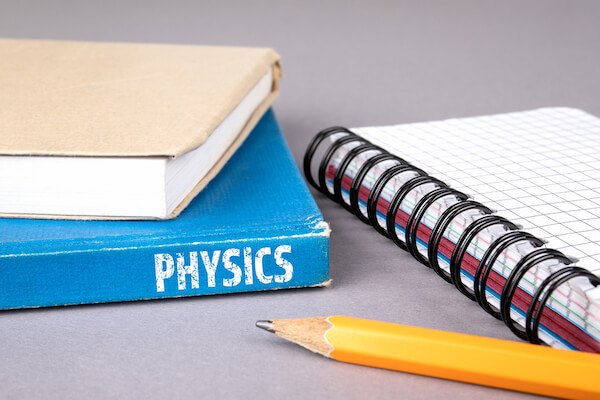Why Physics is Vital in Improving Problem-Solving Skills

Over the years, companies and organizations have started looking for holistic individuals. From academic, business and the job market, problem-solving is an incredibly vital skill. If you are looking for ways to improve your problem-solving skills, you should take a look at how physics equips us with the required skills we need for the real world (add title tag to hyperlink – “How Learning Physics Countributes To Real Life Situations”).
Identifying the problem.
When you read the description to a physics problem, you visualize the real situation and translate the written information into mathematical variables. You can start by constructing a mental image of the problem situation, done by drawing a rough, literal picture showing all essential objects. Then, you label all the known information and identify the approach you would use to solve the issue. The main challenge here is finding out all the ways you can utilize the approach to a variety of other situations.
Defining the main elements of the problem.
By having a description of your problem, you can translate the given information into an accurate picture of an idealized diagram. This helps you identify and define the variables and calculate their desired quantities. The biggest challenge physics student face is applying the law of physics before undertaking the quantitative analysis of the problem. By overcoming this temptation, you can be a much more effective problem solver. Another essential tip to define the principal elements is including each item's associated units to sharpen your problem-solving skills better.
Planning the solution.
Before calculating your answer, you need to have a plan. When physics laws are expressed in an equation, the solution changes to a conventional, general statement. The plan requires you to construct algebraic expressions, enabling you to calculate the target variable. Although this approach is common with expert solvers, you can begin with the target variable and work backwards in determining the path to the answer. In most cases, units help you identify the correct way. For example, if you are calculating volume, you know your final solution must be in m3.
Working on the plan.
Planning often includes, but not limited to, working through similar problems and by observing the solution processes. The known information from the solution process is substituted into the identified formula to solve the unknown quality. It is imperative to solve the problem algebraically before we insert in any numerical values. This is because some unknown quality may cancel out, leaving you without a proper numerical value. Paying attention to your plan can enable you to check on the reasonableness of your solution.
Evaluating the solution.
Now that you have arrived at your answer, it is imperative to do a final check to ensure it is correct. This is where you can utilize your analytical skills to evaluate how the real world works, as well as individual aspects of the physical world that you have learned in physics class. A good idea is to read through the solution carefully, multiple times if needed. Should your final evaluation suggest that your answer is indeed correct, you can write a statement that explains your reasoning.
Speaking on the subject of holistic individuals, someone who is currently pursuing a physics degree or going through physics tuition will no doubt find the use of physics well in society. The physics course not only enables you to have a solid grasp in problem-solving skills but analytical skills as well, both of which are necessary in the real world. The beauty of physics ensures that we can come up with approaches and solutions to any problem that may come our way!